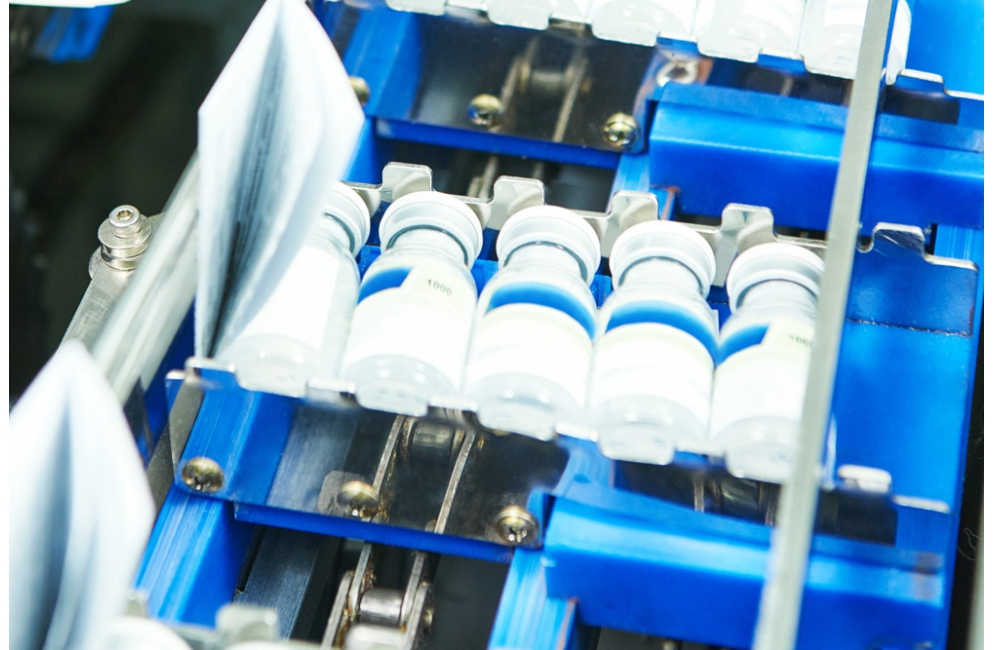Traceability and Compliance: GMP Equipment Logbooks Keep Pharmaceuticals Safe - Free document

GMP equipment logbooks are essential for ensuring the quality and safety of pharmaceutical products throughout the manufacturing process. They provide a chronological record of equipment maintenance, calibration, cleaning, and other critical activities that can impact product integrity. By documenting these activities, logbooks help to:
-
Maintain Equipment Functionality: Logbooks serve as a reference for when and how equipment maintenance and calibration was performed. This information is crucial for ensuring that equipment is operating within its specifications and not introducing any contaminants or variability into the manufacturing process.
-
Traceability of Product History: Logbooks provide a link between equipment usage and the production of specific batches of pharmaceutical products. This traceability is essential for investigating potential quality issues or recalls, as it allows investigators to identify the equipment that may have contributed to the problem.
-
Compliance with GMP Regulations: GMP regulations mandate the maintenance and documentation of equipment records. By maintaining comprehensive logbooks, pharmaceutical companies demonstrate their commitment to GMP compliance and reduce the risk of regulatory scrutiny.
-
Preventive Maintenance and Predictive Maintenance: Logbook entries can be used to identify patterns in equipment performance that may indicate the need for preventive maintenance or predictive maintenance activities. This proactive approach can help to prevent equipment breakdowns and production downtime.
-
Training and Competency Verification: Logbooks can serve as a training record for operators who are responsible for maintaining, calibrating, and cleaning equipment. By reviewing logbook entries, supervisors can ensure that operators are properly trained and competent in their duties.
-
Root Cause Analysis: When quality issues arise, logbooks can provide valuable information for conducting root cause analysis investigations. By examining the timing and nature of equipment maintenance, calibration, and cleaning activities, investigators can identify potential contributing factors and implement corrective actions.
Content of GMP Equipment Logbooks
A comprehensive GMP equipment logbook should include the following information:
-
Equipment Details: The type of equipment, serial number, and manufacturer should be clearly identified.
-
Maintenance Schedule: A list of scheduled maintenance activities, including dates, frequencies, and responsible personnel.
-
Calibration Records: Documentation of calibration activities, including calibration dates, parameters calibrated, and calibration certificates.
-
Cleaning Schedule: A list of cleaning activities, including dates, frequency, and cleaning agents used.
-
Deviations and Nonconformities: Records of any deviations from the planned maintenance, calibration, or cleaning schedule, along with corrective actions taken.
-
Logbook Review Signatures: Signatures of authorized personnel verifying the accuracy and completeness of logbook entries.
-
Storage and Archiving: Logbooks should be stored securely in a designated location and archived for the required period, typically several years.
